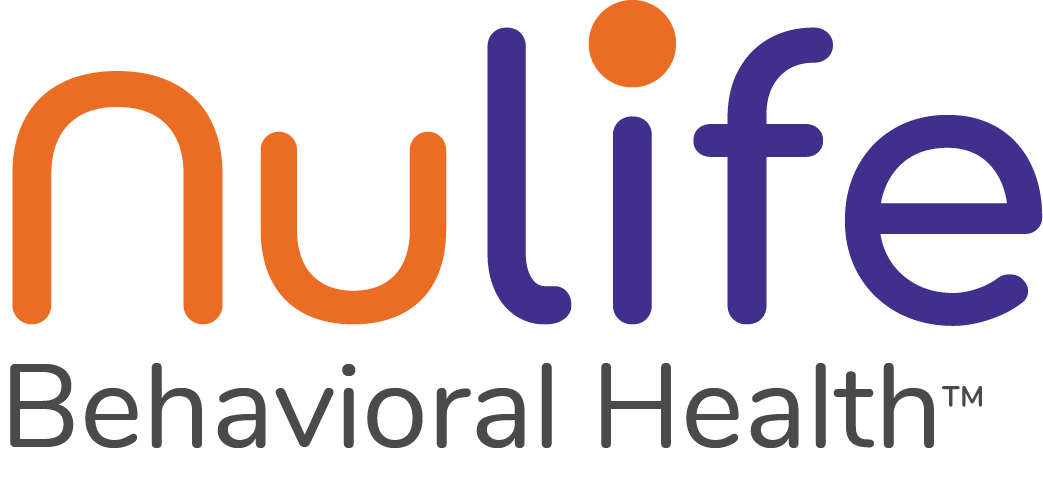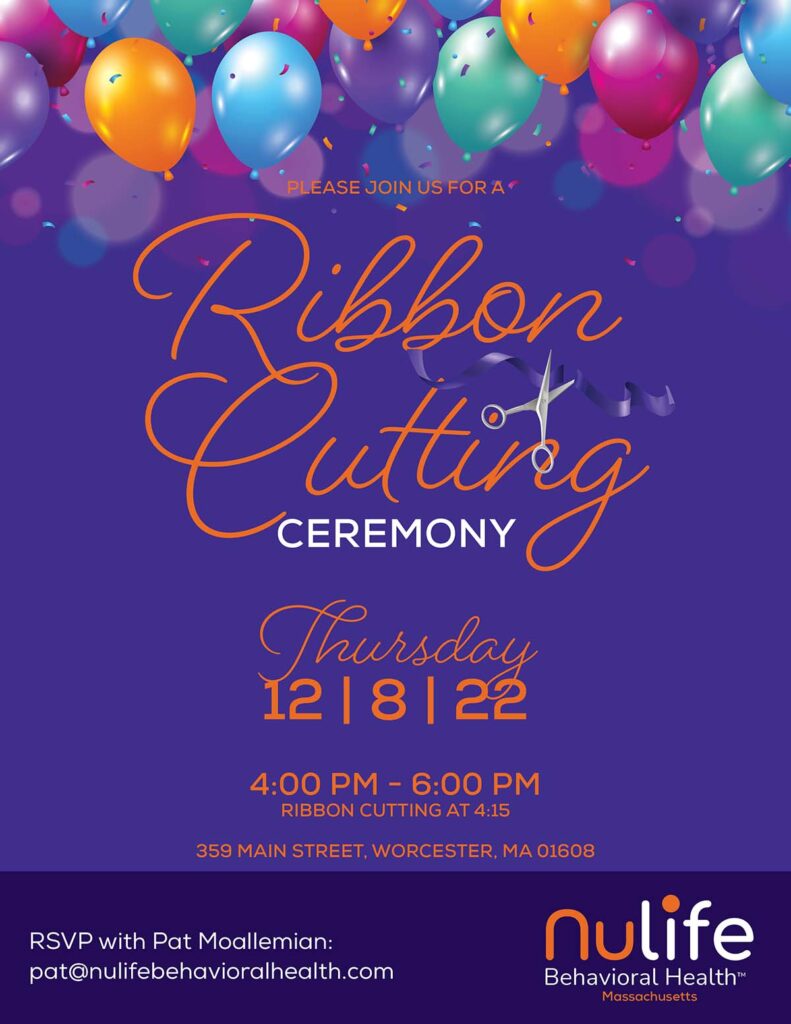Methamphetamine goes by many names. Just a few include “meth,” “crystal,” “crystal meth,” or “ice,” but they all refer to an illegal drug that causes an immediate euphoric high and gives the user high levels of energy. Although these effects sound positive, meth’s effects come at a terrible cost.
If you’re concerned that you or a loved one might be suffering from meth abuse or addiction, read on. This article will discuss what meth is, how meth addiction happens, what it looks like, and how meth addiction treatment can help you.
What is Meth?
You may have heard of amphetamine, a legal drug prescribed for attention deficit hyperactivity disorder (ADHD) and narcolepsy. However, methamphetamine, or meth, is an illicit drug in the same stimulant family as amphetamine. Meth’s immediate effects are much stronger, more dangerous, and set in faster than legal stimulants. Meth causes a person’s heart rate to get faster and more erratic. A meth user’s blood pressure and body temperature will soar, sometimes to lethal degrees.
Meth is made with ingredients that are easy to get. The process is hazardous and can result in fires, explosions, and the release of toxic fumes. Because of the dangerous ingredients in meth and the hazardous process of making it, meth labs are often set up in hidden locations.
What does Meth Look Like?
The most common form of meth is a white, odorless powder that can be snorted, smoked, dissolved, and injected. This powdered form is less pure than crystal meth but is still highly addictive and carries significant health risks. There’s also a less common pill form of methamphetamine.
Crystal meth is a form of methamphetamine that looks like transparent, bluish-white crystals or rocks. It’s a highly purified form of meth and is extremely potent, making it even more addictive and dangerous than other forms of the drug. The crystal form allows for a quicker and more intense high, contributing to its high potential for abuse and addiction.
Meth's Addictive Nature
Meth is one of the most addictive substances available. Its potent effects on the nervous system lead to an intense high, euphoria, and increased energy. This high is powerful enough that many become hooked after just one use. The drug’s impact on the brain’s dopamine levels is significant, creating a sense of pleasure that is hard to achieve naturally.
As a result, users often find themselves in a cycle of abuse, constantly seeking that initial high but rarely achieving it due to the brain’s diminishing response to the drug.
Physical Meth Addiction Symptoms
- Weight loss is a common physical symptom, as meth suppresses appetite and speeds up metabolism.
- Dental issues, often called “meth mouth,” occur due to the corrosive effects of the chemicals in meth and poor oral hygiene.
- Skin sores and infections are frequent, as meth often leads to obsessive scratching or picking at the skin.
Behavioral Meth Addiction Symptoms
- Increased aggression and violent behavior
- Paranoia and hallucinations
- Hyperactivity and insomnia
Cognitive Meth Addiction Symptoms
- Memory loss and difficulty concentrating are common as meth affects the brain’s cognitive functions.
- Impaired judgment leads to risky behaviors like unprotected sex or sharing needles.
- Severe mood swings, ranging from extreme euphoria to intense depression, are common and destabilizing.
Risks of Meth Abuse
It doesn’t take long for a person to become dependent on crystal meth, no matter how it’s taken. Long-term use of meth is nothing short of catastrophic in its effects on a person’s mind and body.
Meth Dependency: Meth dependency occurs when the body needs the drug to function normally. This physical reliance often leads to withdrawal symptoms when the drug is not consumed.
Tolerance: Tolerance to meth develops when the brain becomes less responsive to the drug, requiring higher doses for the same effects. This escalation in dosage increases the risks of severe health consequences and overdose.
Tweaking: Tweaking is a phase that occurs after a meth binge, characterized by obsessive and erratic behavior. During this phase, a person using meth may experience hallucinations, paranoia, and extreme irritability.
Addiction: Meth addiction is a chronic condition involving physical dependency and psychological attachment to the drug. It leads to compulsive drug-seeking behavior despite adverse effects on health and social life.
Meth Withdrawal and Overdose Symptoms
Being well-informed about meth withdrawal and overdose symptoms is essential for prompt action. Quick recognition and immediate intervention can significantly reduce health risks and save lives.
Meth Withdrawal Symptoms
- Fatigue and sleepiness are expected as the body adjusts to the absence of the stimulant.
- Increased appetite often occurs as the metabolic effects of meth wear off.
- Anxiety and depression can manifest as the brain’s neurotransmitter levels try to stabilize.
Meth Overdose Symptoms
- Rapid or irregular heartbeat can occur due to the stimulant effects on the cardiovascular system.
- Elevated body temperature or hyperthermia is a dangerous symptom that requires immediate medical attention.
- Seizures or convulsions are severe symptoms that indicate a life-threatening situation.
Meth Addiction Treatment Options
Individual Therapy
Group Therapy
Group therapy settings offer a supportive space to share experiences and learn coping mechanisms. Discussions often involve relapse prevention, emotional well-being, and essential life skills.
Family Therapy
Dual Diagnosis Treatment
Intensive Outpatient Program (IOP)
Our intensive outpatient program is an option for those who have either completed an inpatient program or require a less intensive level of care. The program blends group and individual therapy sessions with addiction education. An intensive outpatient program meets a few hours a day, several times a week. IOP’s scheduling allows you to go about your routine with no interruptions.
Partial Hospitalization (PHP)
Our partial hospitalization program is the most comprehensive of all outpatient treatment programs. During partial hospitalization, clients spend several hours daily at our rehab facility in the Chicago area. Partial hospitalization programs are more flexible and cost less than residential treatment. PHP also serves as a great transition from an inpatient or residential treatment program.
Relapse Prevention
Continuing Care
Evidence-Based Therapies
At NuLife Behavioral Health Illinois, we strongly emphasize evidence-based therapies as a cornerstone of our meth addiction treatment program. These are treatment methods that have been repeatedly scientifically tested and proven effective in treating substance abuse and co-occurring mental health conditions.
Cognitive Behavioral Therapy (CBT) is one of the most widely used evidence-based practices in addiction treatment. It helps you identify unhelpful, negative thought patterns and behaviors contributing to your addiction, offering practical skills to manage triggers and cravings.
Dialectical Behavior Therapy (DBT) is particularly effective for those with dual diagnosis conditions, focusing on emotional regulation and interpersonal effectiveness. This therapy combines cognitive behavioral therapy approaches with mindfulness strategies, helping you to balance emotional responses and make better decisions.
Experiential Therapy involves activities like role-playing, guided imagery, and various forms of creative expression to help you explore suppressed emotions and traumas. This therapy is often used in conjunction with other evidence-based therapies to provide a more holistic approach to treatment.
Motivational Interviewing. Motivational interviewing improves your internal motivation to change. It’s beneficial for those who are ambivalent or resistant to treatment.
12-Step Programs. This approach encourages engagement in 12-step programs, which have a long history of helping people maintain long-term recovery. While not a therapy in the traditional sense, its principles align well with other evidence-based therapies, offering peer support and a structured approach to recovery.
NuLife Behavioral Health Illinois provides a comprehensive, individualized treatment plan for meth addiction, including various therapeutic approaches and evidence-based meth addiction treatments. Our dual diagnosis and relapse prevention programs focus on long-term recovery.


